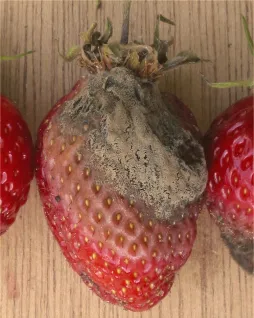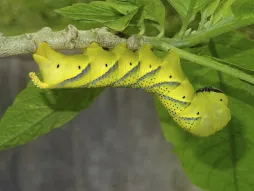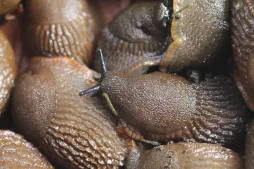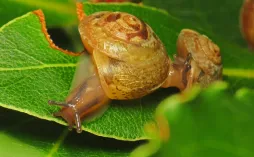Pinguicula 'Tina', a flowering butterwort
Pinguicula 'Tina' is your flexitarian friend who only eats meat when you're barbecuing. This hybrid obtained by crossing a Pinguicula agnata and a Pinguicula zecheri is carnivorous only in spring and summer.
How to recognize Pinguicula 'Tina'?
A carnivorous plant with a prostrate habit, Pinguicula 'Tina' has a spread of no more than 20 centimetres and a height of just a few centimetres.
In summer, the rosette of ovate or oval leaves measures up to 20 centimetres in diameter. The bright green leaf blades are covered with glands. They attract insects, which stick to the foliage. All that's left for the digestive juices to do is to dissolve the prey and provide the plant with the nutrients it needs.
Foliage changes in winter. The rosette shrinks and the leaves become succulent. They are then harmless to insects that land on them.
Pinguicula 'Tina' flowers in summer. A 20-centimeter flower spike appears at the heart of the rosette. A fragrant violet flower blooms at the top.
Butterwort is not a toxic plant. However, you should keep it away from your pets. The enzymes are on the leaves and directly accessible. If a dog, cat or rabbit were to eat it, it could become ill.
Our maintenance tips
Traps are located on the leaves. Avoid touching or wetting the foliage to avoid damaging them.
Watering
Water your plant generously during the growing season.
Pinguicula 'Tina like to have their feet in water. You need to water them by capillary action at all times.
Get a planter or an unperforated container larger than your plant's pot. Place your Pinguicula 'Tina in its pot.
Pour two or three centimetres of rain, demineralized or osmosis water into the larger container. Never use tap or mineral water. You'll kill your plant.
Don't let the largest container run dry. Add water when the level drops.
Reduce watering during dormancy.
The soil must always be kept moist. Water it from above before it dries out.
You can use rainwater. If you don't have any, you can use osmosis water or demineralized water. Never use tap or mineral water. They contain mineral salts that are fatal to your Pinguicula 'Tina.
After watering, remove any stagnant water from the saucer.
Repotting
In spring, transfer your Pinguicula agnata x Pinguicula zecheri to a larger pot, so that it can continue to grow.
Obtain a shallow (about seven centimetres) , pierced plastic pot, wide enough to allow the plant to sprout. Choose a light color so that the roots don't get too hot in summer.
Prepare a mixture of blond peat (40%), perlite or vermiculite (30%) and sand(30%). Pour a little of this substrate into the bottom of the pot. Plant your Pinguicula agnata x Pinguicula zecheri. Pack gently.
Place your plant and pot in a saucer filled with rainwater.
Prune
To encourage the growth of your Pinguicula 'Tina, prune regularly.
Cut the flower stems flush once the flowers have faded, and remove dead leaves as you go along.
Use a clean, sharp tool to prevent the spread of disease and promote healing.
Use a clean, sharp tool to prevent the spread of disease and promote healing.
Cutting
Cutting is carried out during the strong growth phase, generally in spring and early summer.
To remove the shoots that appear at the base of the plant, carefully remove it from the soil. Separate the young shoots without damaging the root system.
Prepare a pierced plastic pot. Fill it with a mixture of white peat (60%), perlite (30%) and sand (30%). You can also use a commercially available carnivorous plant mix.
Plant your Pinguicula agnata x Pinguicula zecheri without burying the leaves. Pack gently.
Pour two centimetres of rainwater into the saucerto water by capillary action.
Diseases / Threats
Information
| Family | Lentibulariaceae - Lentibulariaceae |
| Type | Pinguicula - Pinguicula |
| Species | Pinguicula agnata - Pinguicula agnata |
| Lifecycle | Perennial |
| Foliage | Evergreen |
| Exposure | |
| Substrats | |
| Planting methods |
In pots Planter |
| Categories | |
| Tags |
Beginner Flowery |
| Origin |
Central America |
| Hardiness (USDA) | 10b |
| Leaf color |
|
| Flower colors |
|
Discover plants from the same family
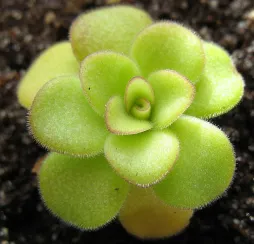
Pinguicula agnata
Discover








